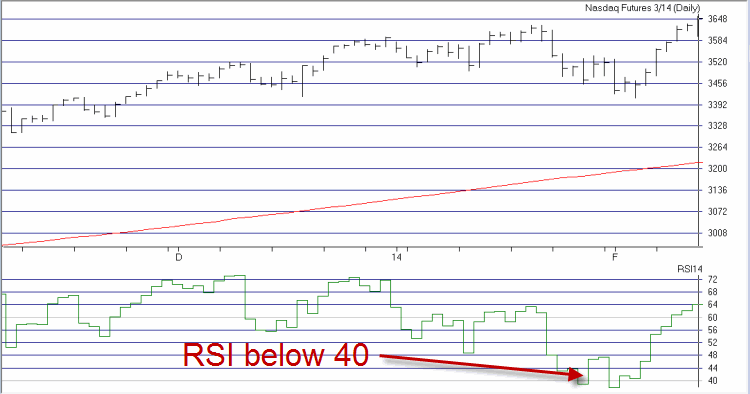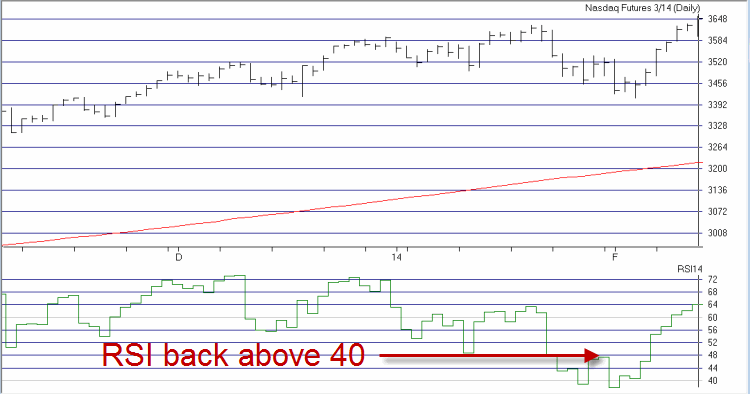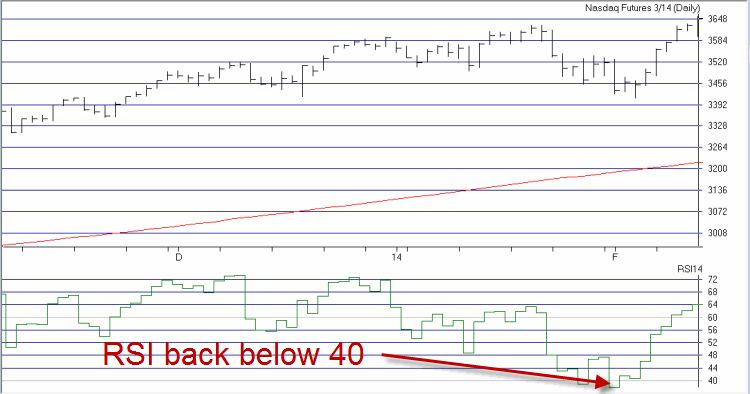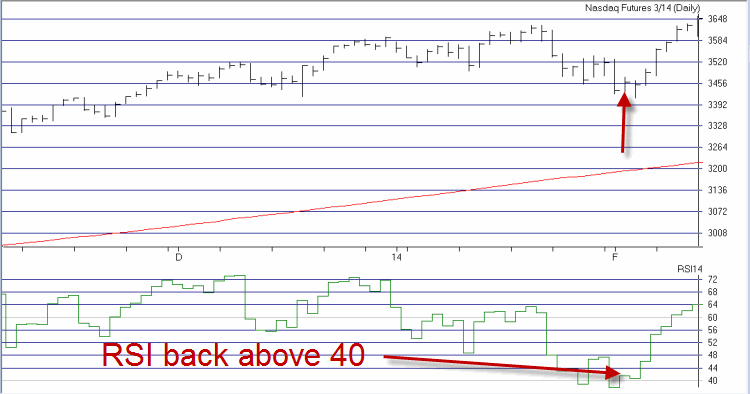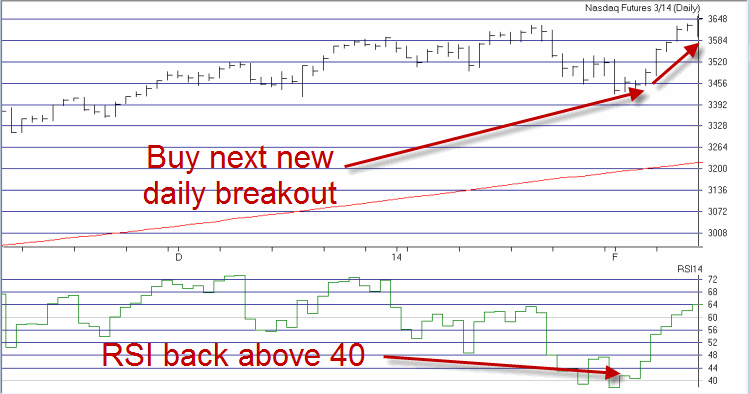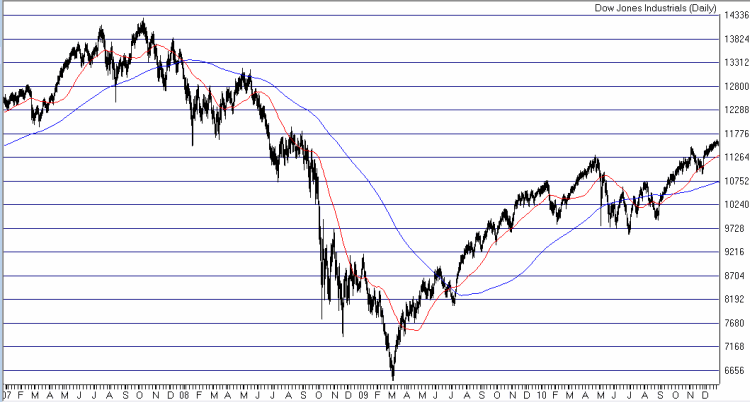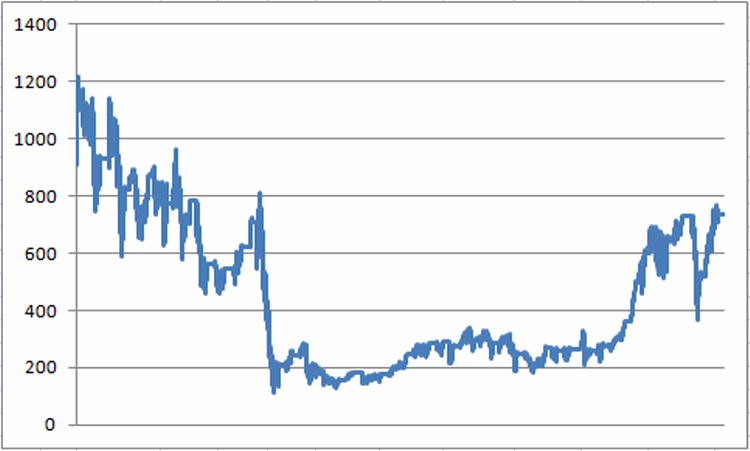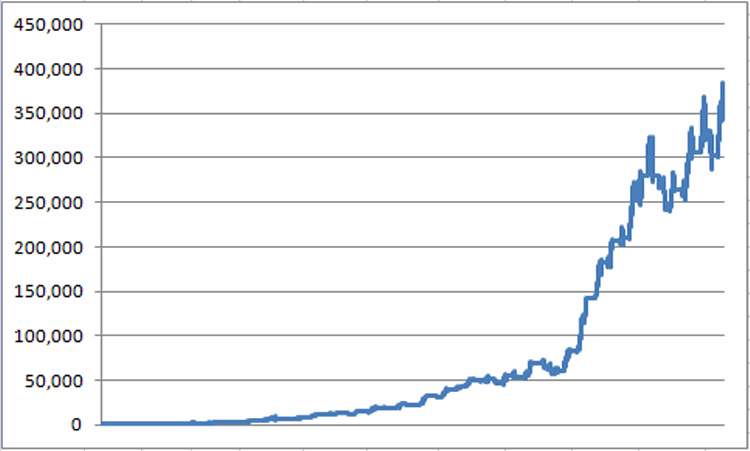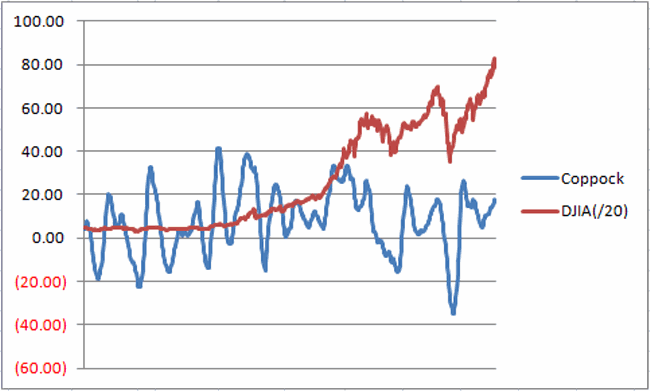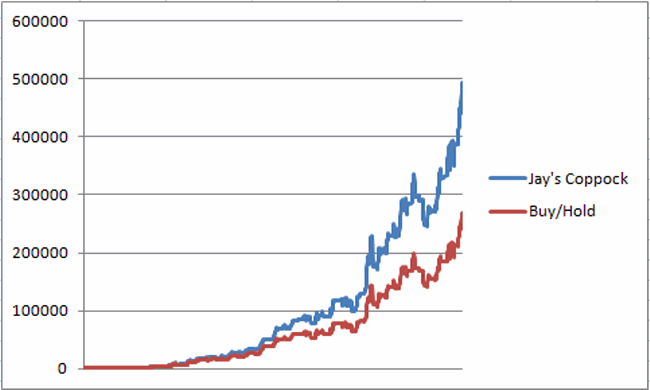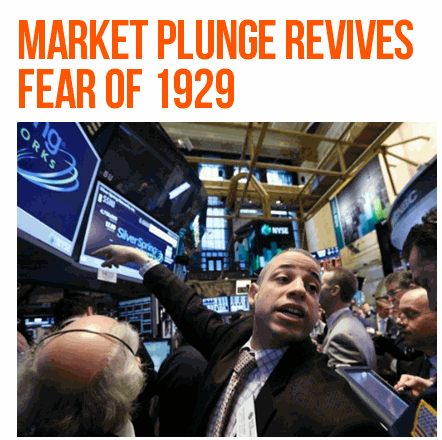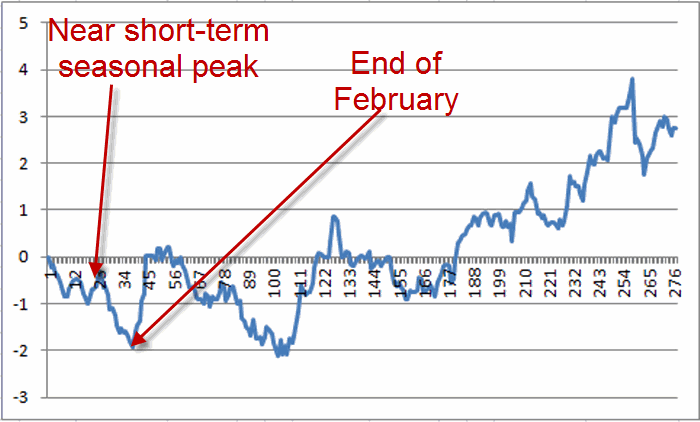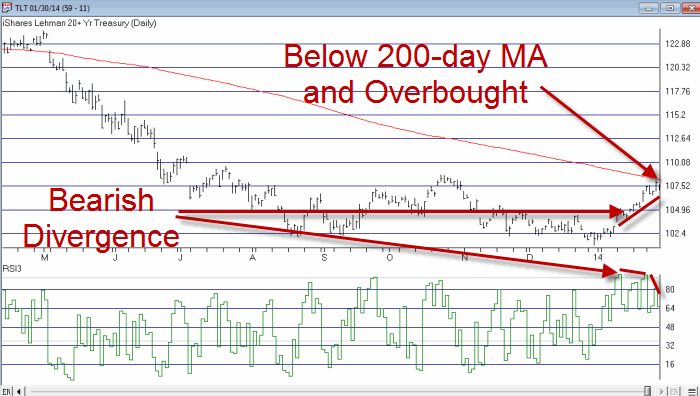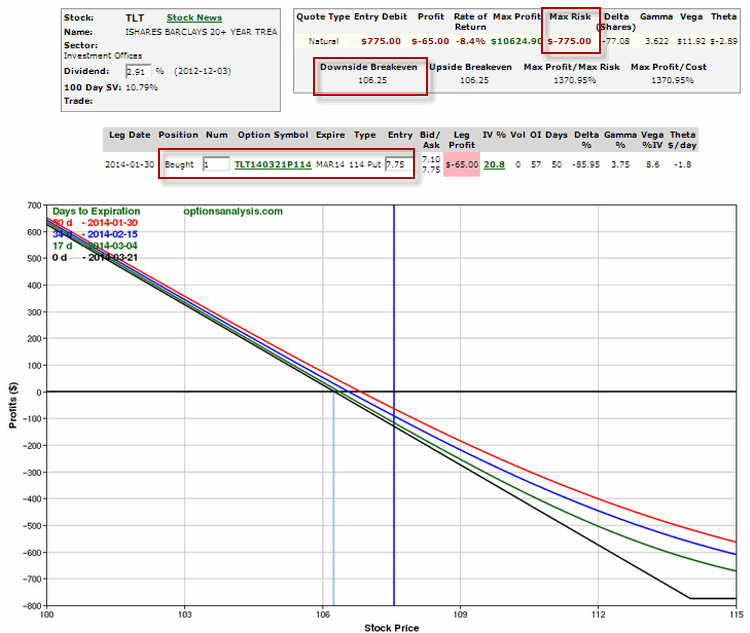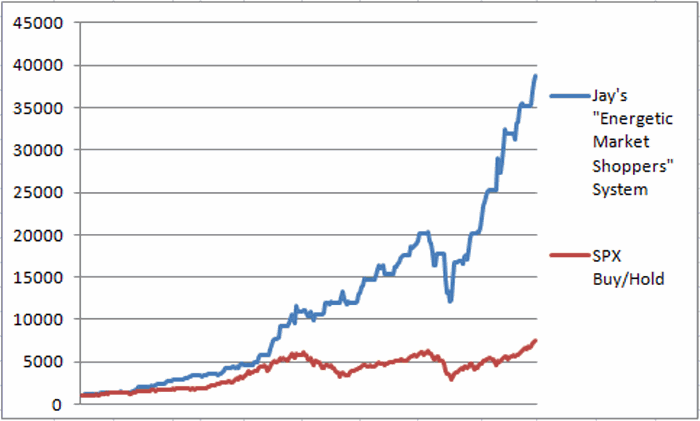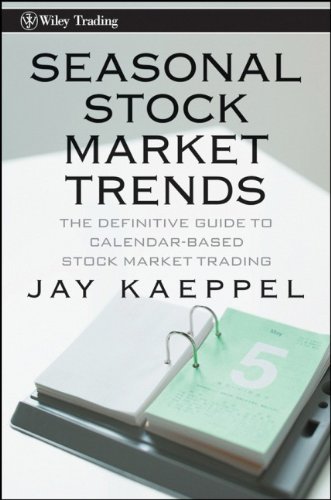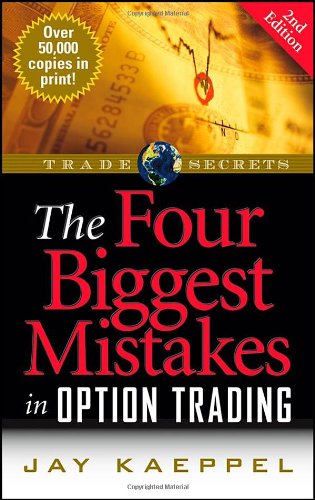Even the best companies have their struggle sometimes. Coca-Cola and McDonalds are arguably the two most recognized brands in the world. But a quick glance at Figure 1 – which displays monthly charts for both of these iconic stocks – highlights the fact that both of these companies recently “bumped their head”, and despite a rip-roaring bull market, both have drifted sideways to lower of late. 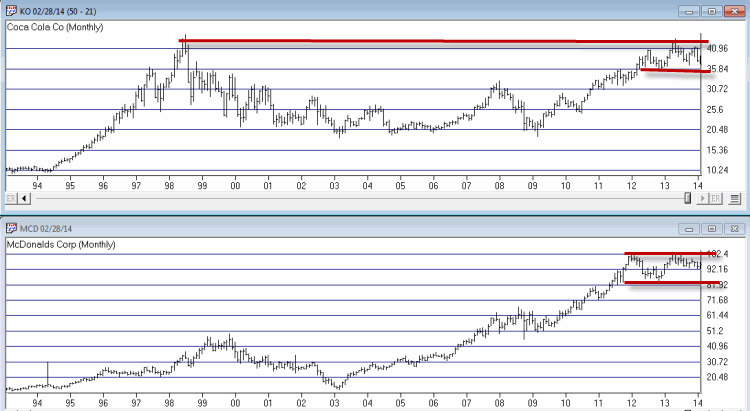
Figure 1 – KO and MCD Monthly (Courtesy: AIQTradingExpert)
Now if I were your typical “market analyst” I would next insert my opinions and arguments as to whether these stocks are destined to rise because [insert Analyst’s Bullish BS here] or to fall because [insert Analyst’s Bearish BS here]. And I’ll bet I could write something pretty compelling if I put my mind to it.
Alas, the truth is that I haven’t a clue whether these stocks will rise or fall in the months ahead. However, I do know that millions of investors will buy and sell shares of these stocks based on their own opinions. I also know that for someone who is “on the fence” as to whether or not to buy shares, has [insert Analyst’s stupid pun here] “options.”
One Way to Play the Long Side of Coke
The obvious most straightforward play is to simply buy shares of stock. Figure displays the “risk curve” for a position that involves buying 723 shares of KO at $37.10 a share. Why 723 shares? We’ll get to that in a moment.
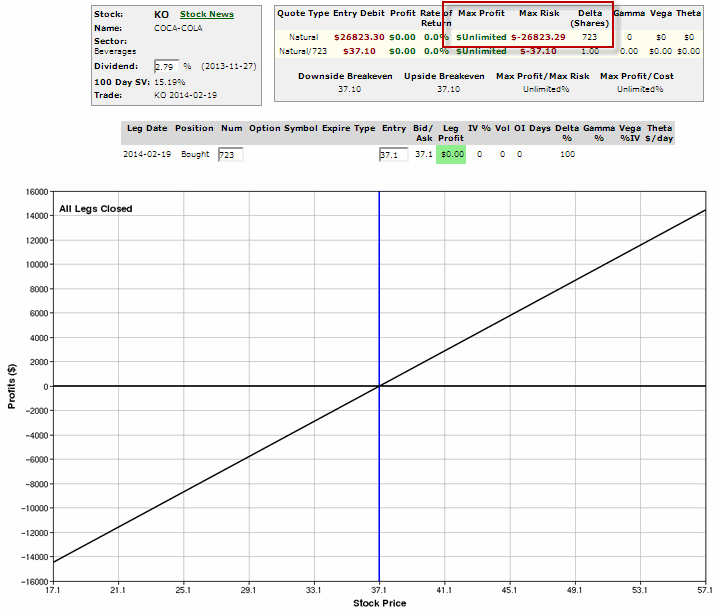 Figure 2 – Risk Curve for Long 723 shares of KO (Courtesy: www.OptionsAnalysis.com)
Figure 2 – Risk Curve for Long 723 shares of KO (Courtesy: www.OptionsAnalysis.com)
As you can see the math is pretty straightforward. If the stock rise $1 in price this position makes $723 and vice versa. Now let’s consider……
…A Less Expensive Way to Do Essentially the Same Thing
An alternative to buying 723 shares of KO and laying out $26,823 is to buy 10 January 2016 30 strike price LEAPS for $7.60 each. This position costs only $7,600 (or about 28% as much as the stock position). The risk curves for this position appear in Figure 3.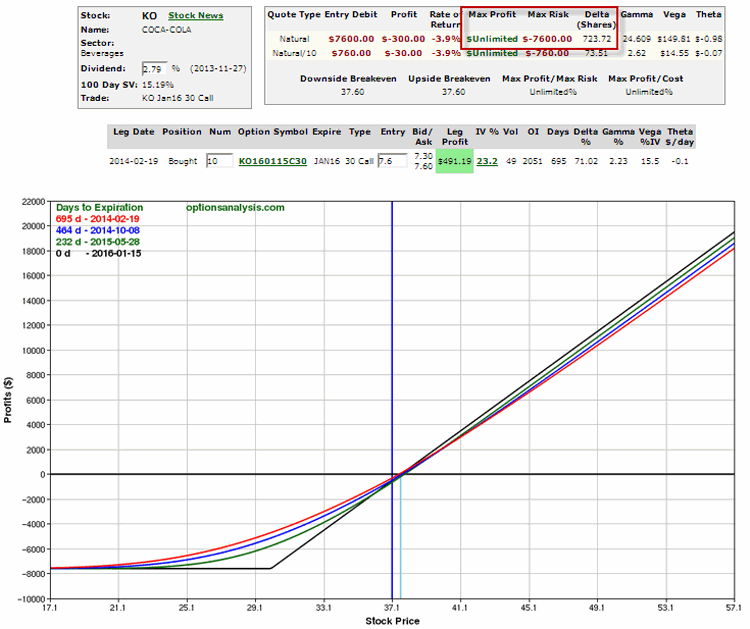 Figure 3 – Risk Curves for KO Jan 2016 30 LEAPS (10-lot) (Courtesy: www.OptionsAnalysis.com)
Figure 3 – Risk Curves for KO Jan 2016 30 LEAPS (10-lot) (Courtesy: www.OptionsAnalysis.com)
So What’s the Difference?
Basically what we have are two positions that will each rise or fall (roughly) $723 in value each time KO rises or falls by $1 a share.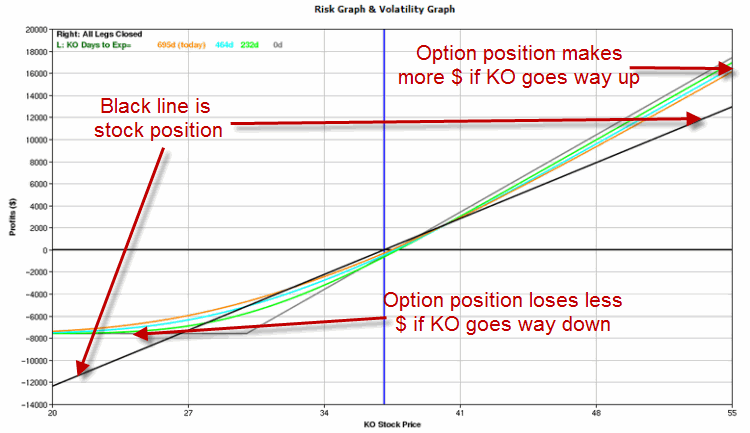 Figure 4 – Comparing the two positions
Figure 4 – Comparing the two positions
The Differences are:
*The option position costs $7,600 versus $26,823 for the stock position.
*In this case, if KO rises above about $40 a share, the option position will make more money (FYI, this is not always the case when using this “stock replacement strategy”)
*The option position cannot lose more than the $7,600 premium paid. So if KO were to completely fall apart and drop precipitously the stock position could lose far more.
*On the plus side for the stock holder, KO currently pays a dividend of roughly 2.9%.
Summary
So am I arguing:
a. That you should be bullish on KO and that the best way to play is with an in-the-money LEAP option?
b. That KO is likely fall therefore you should limit your risk by buying call options instead of shares?
c. That options can offer numerous advantages relative to holding stock shares, particularly in cases where you do not have a strong opinion about the likely direction of a given security and even if you did you would probably not say anything because you write a blog that is intended to be strictly educational in nature?
I’ll let you ponder that one as homework. In any event, now you know that there are alternative – often with significant potential benefits – to simply buying and holding shares of stock.
Jay Kaeppel


